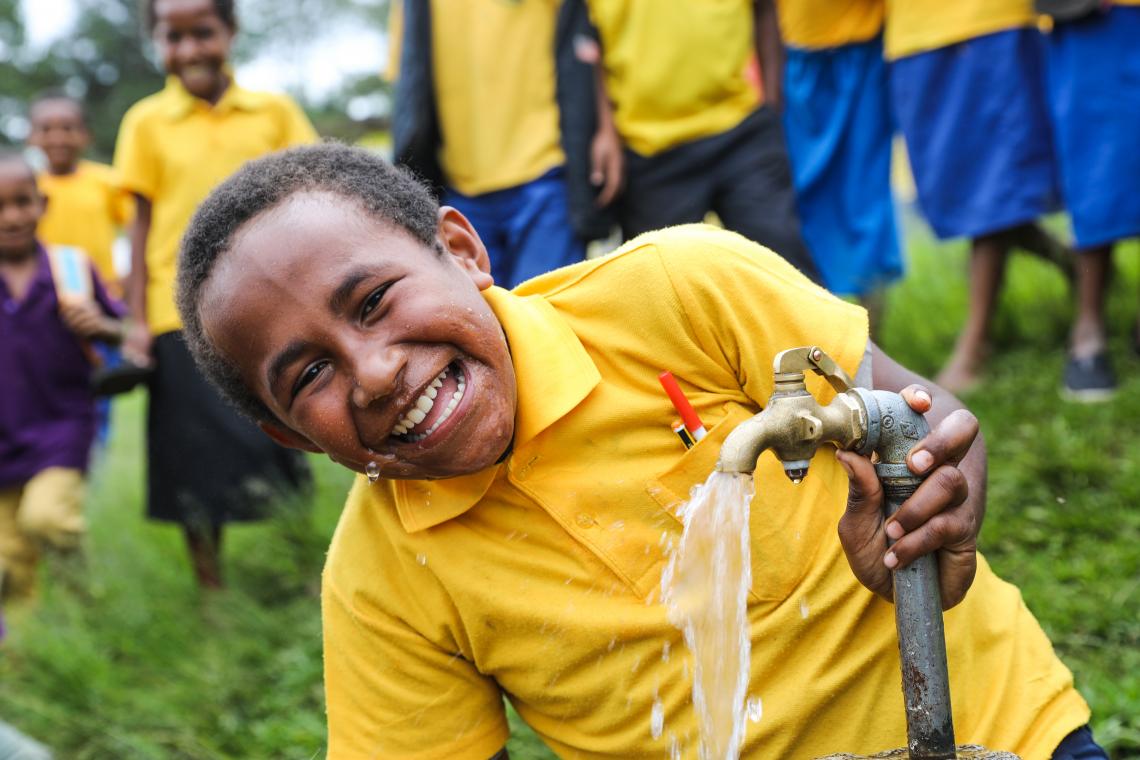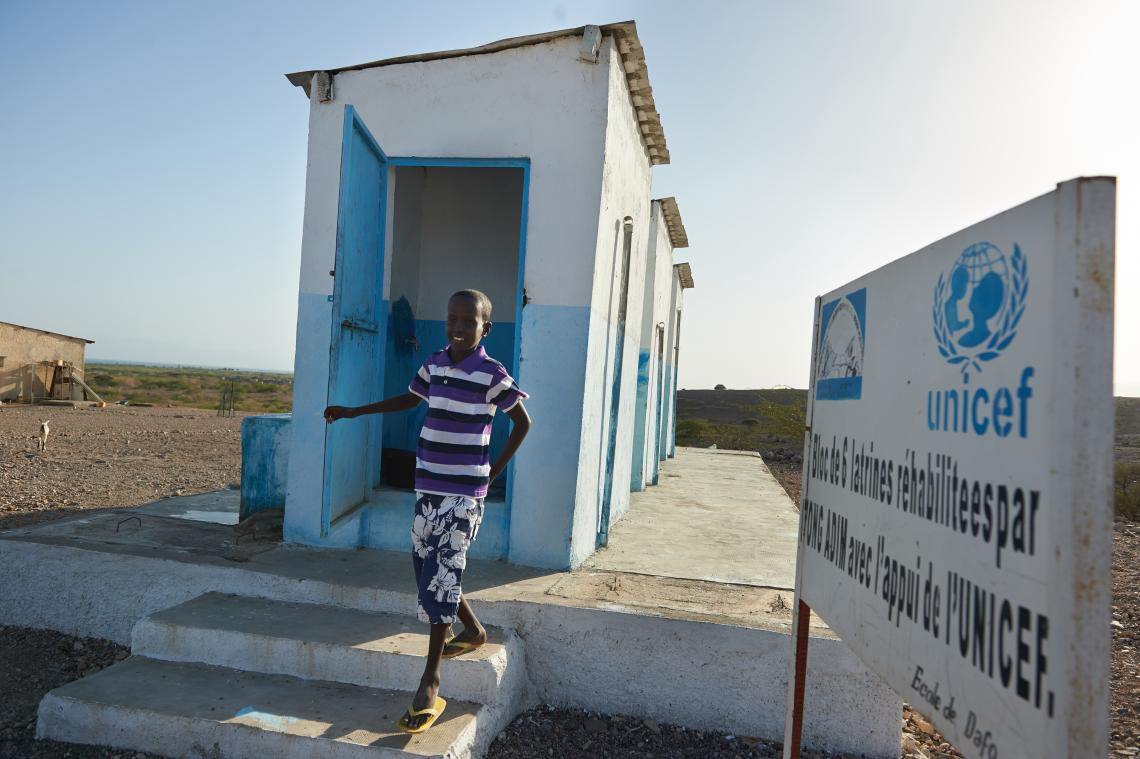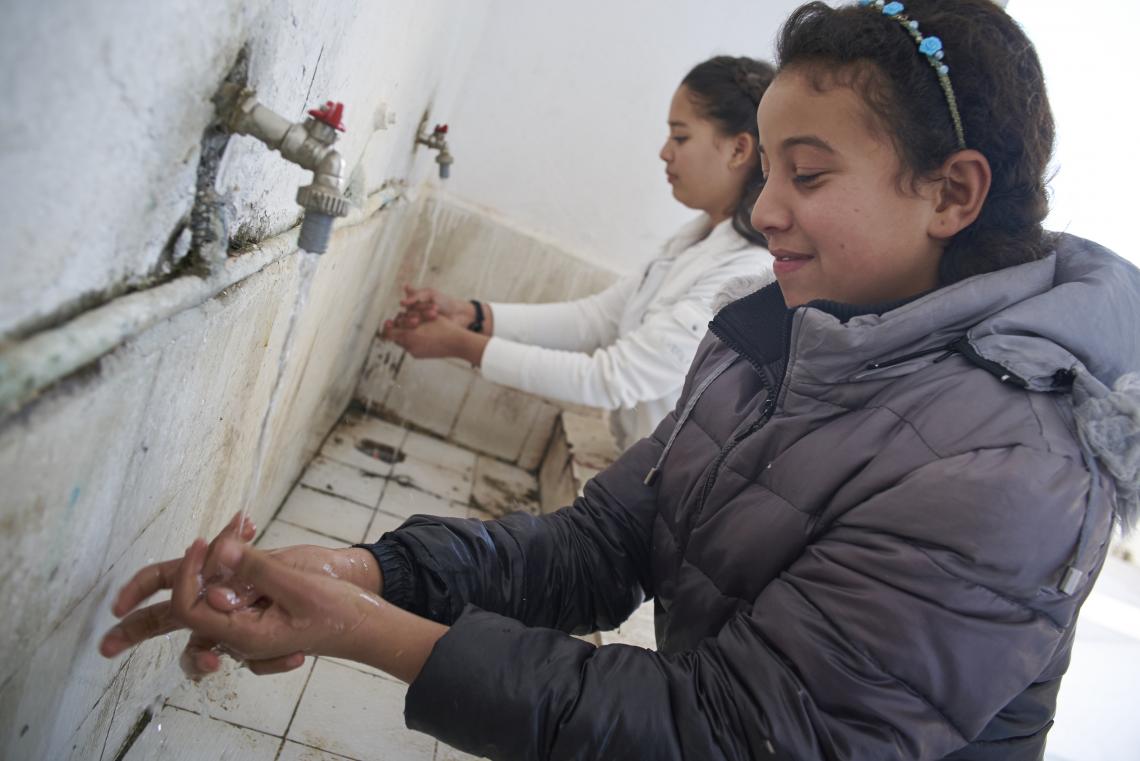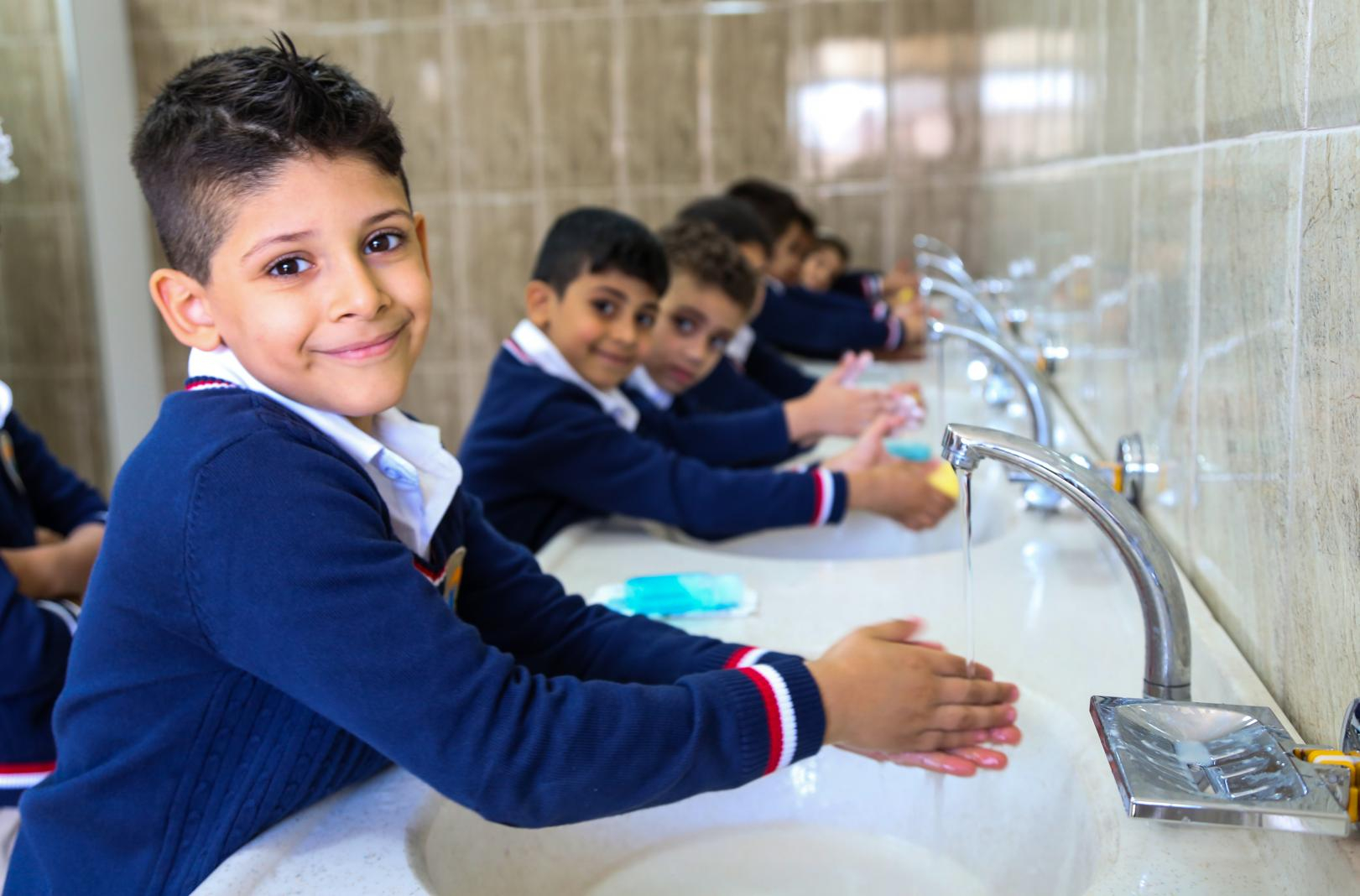11 key lessons about water, sanitation and hygiene in schools
2018-08-28
© UNICEF/UN051120/Khuzaie
When children have access to safe water, toilets and soap for handwashing at school, they have a better environment to study, to learn and to realize their full potential. When schools have safe water, toilets and soap for handwashing, children have a healthy learning environment, and girls are more likely to attend when they are on their period.
Children who learn about safe water, sanitation and hygiene habits at school can reinforce positive life-long behaviours in their homes and their communities.
However, millions of children go to school every day in unsafe learning environments, with no drinking water, no proper toilets, and no soap for washing their hands.
The latest global assessment from UNICEF and WHO establishes global, regional and national level estimates of progress towards Sustainable Development Goal targets for both WASH (SDG6) and education (SDG4).
“If education is the key to helping children escape poverty, access to water and sanitation is key to helping children safely maximize their education. To neglect this is to be careless with the well being and health of children," said Kelly Ann Naylor, Global Chief of Water, Sanitation and Hygiene at UNICEF. "However, we face the uphill battle of ensuring funds are prioritized to install and maintain basic water, sanitation and hygiene services in all schools.”
Drinking water

© UNICEF/UN0187561/Bell
Ryan, 11, is happy to see the return of clean, safe drinking water at his school in Papua New Guinea following an earthquake in Feuary 2018.
1. Globally only 69 per cent of schools have a basic drinking water service.
2. 1 in 4 primary schools and 1 in 6 secondary schools have no drinking water service.
3. Overall, nearly 600 million children lack a basic drinking water service at their school. Less than half the schools in Oceania and two thirds of schools in Central and South Asia have a basic drinking water service.
Toliets

© UNICEF/UN0199484/Noorani
A young boy uses a latrine outside a UNICEF supported school in Djibouti.
4. Globally only 66 per cent of schools have a basic sanitation service.
5. 1 in 5 primary schools and 1 in 8 secondary schools have no sanitation service.
6. One third of schools in sub-Saharan Africa and Oceania have no sanitation service. In most countries where data is available, less than 50 per cent of schools have toilets accessible to students with limited mobility.
7. Globally, 600 million children do not have a basic sanitation service at school.
Handwashing

© UNICEF/UN0212713/Noorani
Children wash their hands before a meal at school in Tunisia.
8. Nearly 900 million children worldwide lack a basic hygiene service at their school.
9. 1 in 3 primary schools and over a quarter of secondary schools have no hygiene service.
10. Over one third of schools worldwide and half of schools in the least developed countries have no hygiene service.
11. UNICEF has WASH in school programmes in more than 90 countries and reaches an average of 3 million children a year.










